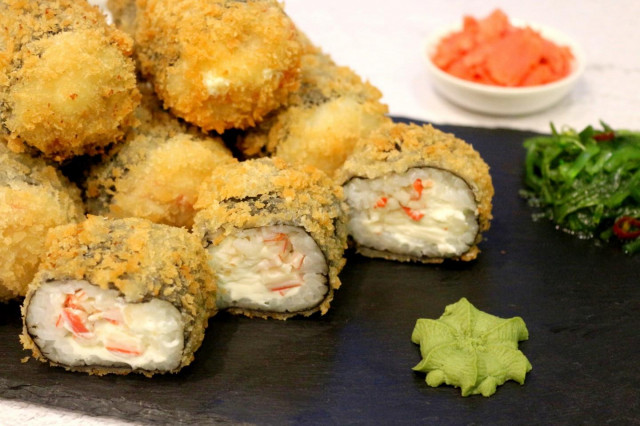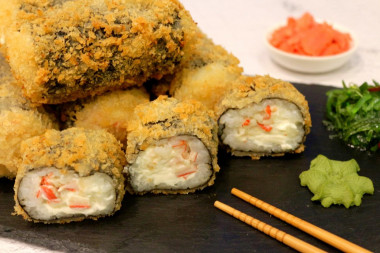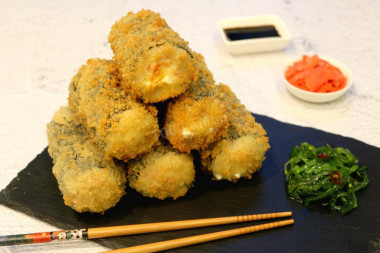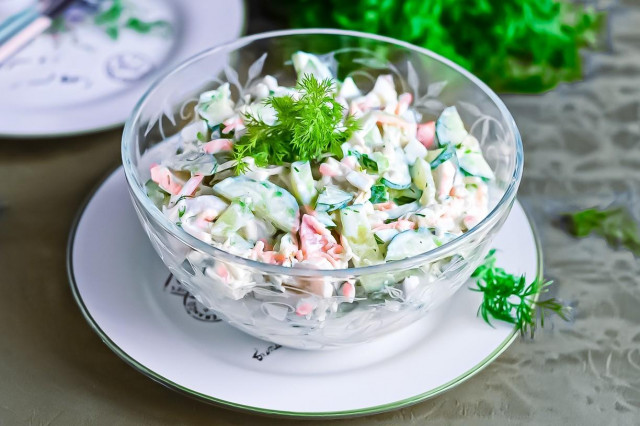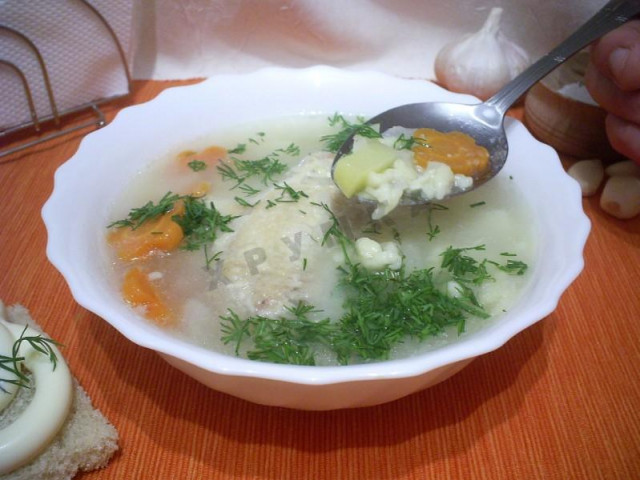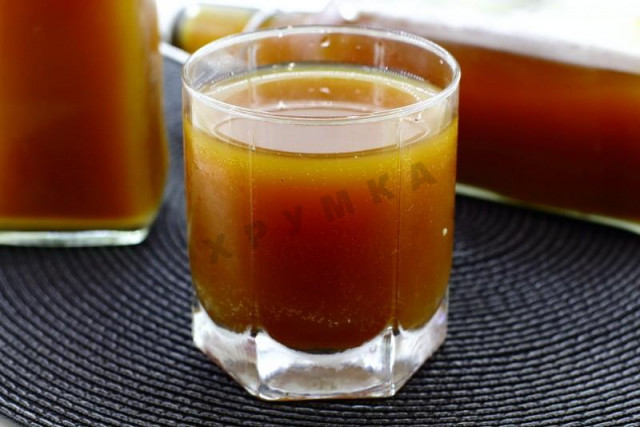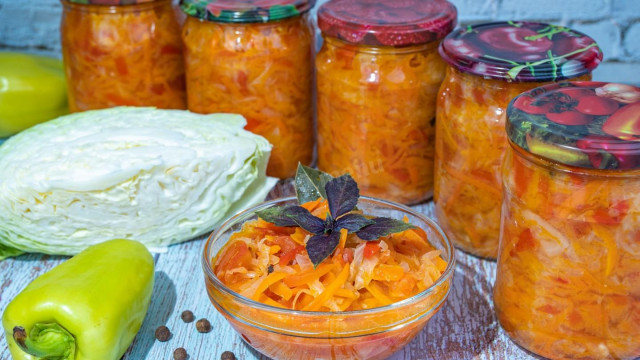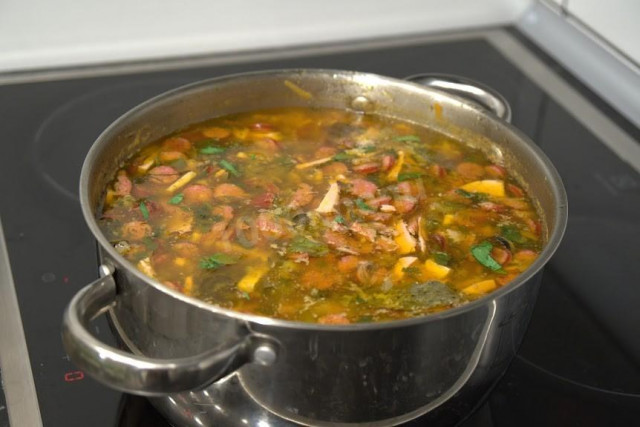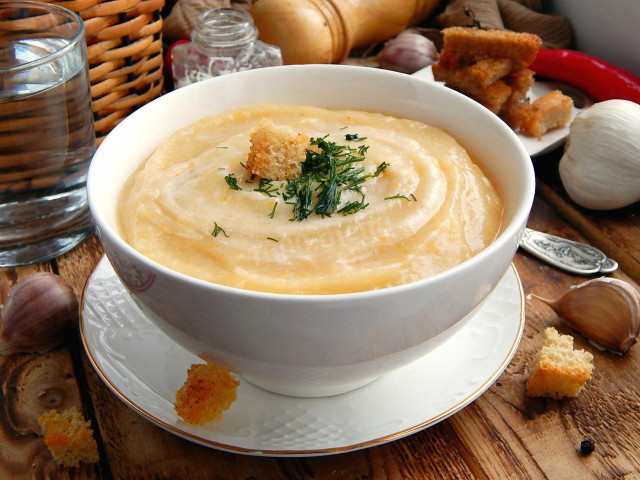Composition / ingredients
Step-by-step cooking
Step 1:
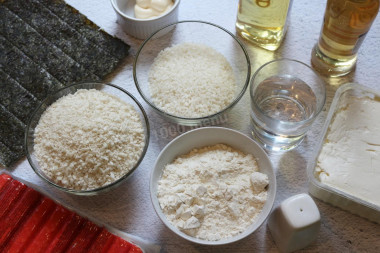
How to make tempura rolls? Prepare all the necessary ingredients and equipment for making rolls. From the inventory you will need a bamboo mat, food wrap, fryer or frying pan. Determine the amount of salt and sugar according to taste - in the composition I indicated the volumes that suit me. For some, they may be insufficient or, conversely, excessive.
Step 2:
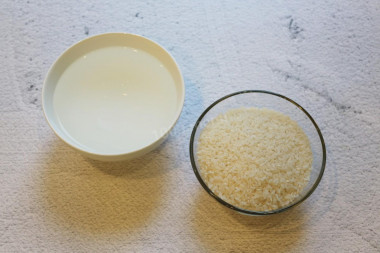
Prepare the rice for the rolls. Use round rice or special rice for sushi and rolls, as this is the kind of rice that has the necessary gluten. Using a different rice, most likely the rolls will fall apart. Pour the rice into the container and rinse it 4 times until the water becomes transparent. Next, put the rice in a saucepan and pour water in a ratio of 1: 1. Cover the pan with a lid and put it on the fire.
Step 3:
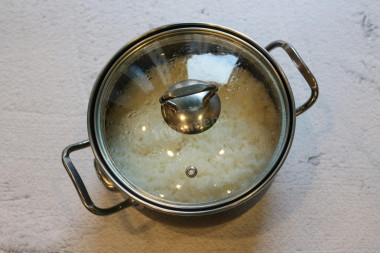
Bring the water to a boil (do not open the lid during the entire cooking process). After the water boils, reduce the heat to low, and continue to cook the rice for 15 minutes. During this period of time, all the liquid will evaporate. After that, turn off the heat and let the rice stand under the lid for another 10 minutes. So the rice will reach the desired consistency. The finished rice increases in volume by 2 times.
Step 4:
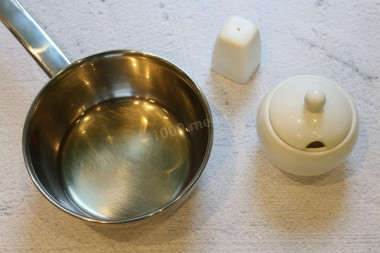
Now in a separate saucepan, mix rice vinegar, sugar and salt. Put a saucepan, but on a slow fire, and dissolve sugar and salt in vinegar, while not bringing the contents of the ladle to a boil. Take a wooden container, wipe it with wet paper towels. This is done so that the rice does not stick to the container itself.
Step 5:
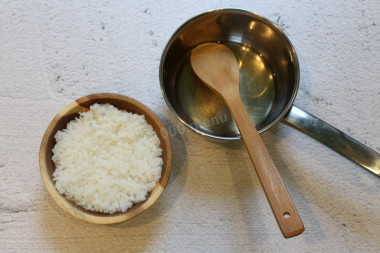
Put the cooked rice into this container. Gradually pour the prepared vinegar mixture onto a wooden spoon, then carefully pour this mixture into the rice with a spoon in a thin trickle all over the rice. With a wooden spatula, gently mix the rice with the dressing. Then cool the rice completely, covering the bowl with a wet towel.
Step 6:
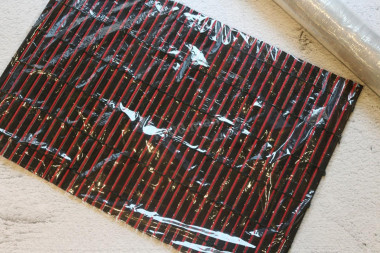
Wrap the bamboo mat for forming rolls with cling film. This ensures a high degree of hygiene and is done so that it is convenient to work, nothing will stick to it and the mat will remain clean. Also, the use of food film is an opportunity to extend the life of a bamboo mat. It protects its ingress between the bars of rice and the filling, allows you to wet the mat less often.
Step 7:
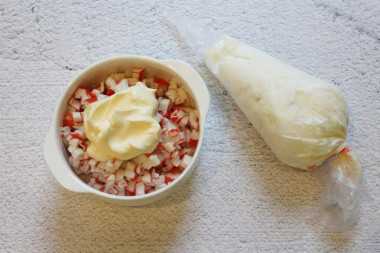
Prepare the filling. Take a pastry bag and fill it with cream cheese. When using, cut off the spout from the bag. It is advisable to get the cheese out of the refrigerator in advance so that it is easier to work with it. Cut the crab sticks into small pieces, put it in a bowl and mix with a tablespoon of mayonnaise (a spoon with a slide).
Step 8:
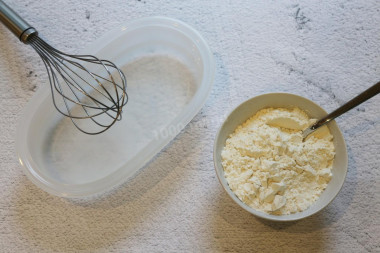
Prepare the batter for the future and the tempura for the future roasting of the rolls. To do this, pour cold water into the container, add salt to it and mix them. Then add a spoonful with a mound of flour and knead the ingredients. Thus, adding the entire volume of flour, mix so that there are no lumps, getting a homogeneous batter. Panko breadcrumbs pour into another container (use the one in which it will be convenient to roll the rolls).
Step 9:
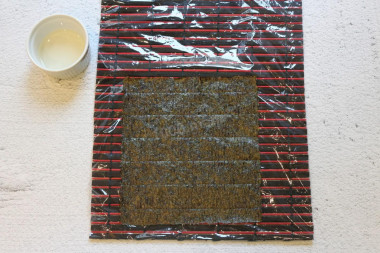
Start assembling the rolls. Place the nori on the mat with the glossy side down. Prepare the liquid for wetting your hands. To do this, pour rice bite and water in a small bowl in a ratio of 1:3. Wetting your hands in such a solution, it will be comfortable to work with rice. It is better to use filtered water, as it directly enters the consumer product.
Step 10:
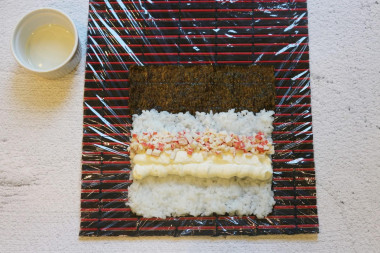
So, distribute a third of 1/3 of the cooked rice evenly over the nori leaf, leaving 2/3 of its parts empty. Put 1/3 of cream cheese and a mixture of crab sticks with mayonnaise on the rice.
Step 11:
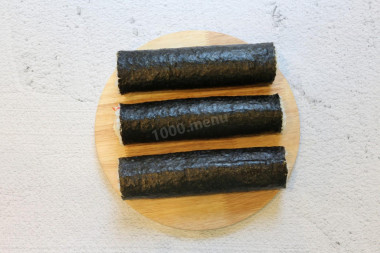
When the filling for the roll is laid out, start forming the roll. To do this, twist it, press the roll with a mat. The nori leaf, which is without rice, is soaked with water to securely fasten the entire structure. Give the roll a round shape. Putting the roll to the edge, knock the side of it. Do it on one side and on the other. Thus, form 2 more rolls.
Step 12:
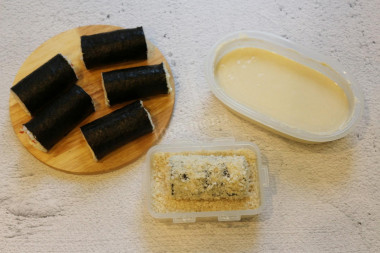
Cut the twisted rolls in half. Now dip the edges of the rolls into the previously prepared batter, then dip the roll itself into the batter. Next, roll them in breadcrumbs. Pour vegetable oil into a frying pan, saucepan or deep fryer. Heat the oil to 150-160°C and fry the rolls alternately in it for 30-40 seconds.
Step 13:
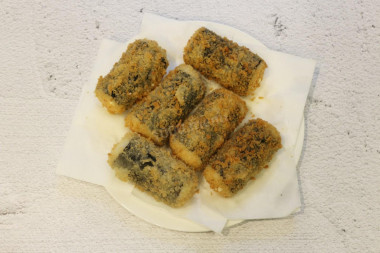
Fry until golden brown. I used a deep fryer and the rolls were completely in oil. If you fry in a frying pan, and the oil does not completely cover the rolls, then twist them during frying so that they are evenly fried and have the same golden color on all sides.
Step 14:
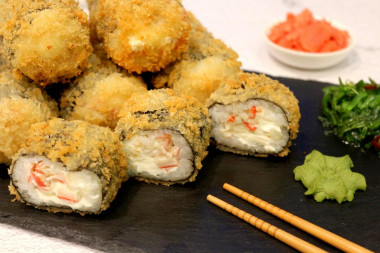
Place the fried rolls immediately on a dish or, after cooling down a little, cut each roll into pieces (for convenience). Serve the rolls with wasabi, soy sauce and pickled ginger.
Japanese cuisine has long won the hearts and stomachs of Russians, and rolls have become one of their favorite dishes. There are a huge number of varieties of them that when you see their abundance, your eyes run away. This time I suggest you try the tempura rolls.
You can check whether the oil has warmed up well enough in a frying pan in a simple way. Lower a wooden spatula into it. If bubbles have gathered around it, then you can start the frying process.
Use oil with a high smoking temperature for frying! Any oils are useful only until a certain temperature is reached - the point of smoking, at which the oil begins to burn and toxic substances, including carcinogens, are formed in it.
Unrefined oils, with rare exceptions, have a low smoking point. There are a lot of unfiltered organic particles in them, which quickly begin to burn.
Refined oils are more resistant to heating, and their smoking point is higher. If you are going to cook food in the oven, on a frying pan or grill, make sure that you use oil with a high smoking point. The most common of the oils with a high smoking point: refined varieties of sunflower, olive and grape.
For cooking, it is better to use filtered or bottled water that is neutral to taste. If you use tap water, keep in mind that it can give the dish an unpleasant characteristic taste.
Caloric content of the products possible in the composition of the dish
- Granulated sugar - 398 kcal/100g
- Sugar - 398 kcal/100g
- Crab sticks - 73 kcal/100g
- Vici juicy crab sticks - 73 kcal/100g
- Crab sticks meridian snow crab - 140 kcal/100g
- Miramar crab sticks - 140 kcal/100g
- Crab sticks santa bremor snow crab - 70 kcal/100g
- Salad mayonnaise of 50% fat content - 502 kcal/100g
- Light mayonnaise - 260 kcal/100g
- Provencal Mayonnaise - 624 kcal/100g
- Provencal mayonnaise - 627 kcal/100g
- Table mayonnaise - 627 kcal/100g
- Vegetable oil - 873 kcal/100g
- Nori - 3 kcal/100g
- Salt - 0 kcal/100g
- Water - 0 kcal/100g
- Wheat flour - 325 kcal/100g
- Cream cheese with 50% fat content - 349 kcal/100g
- Rice vinegar - 20 kcal/100g
- Breadcrumbs - 347 kcal/100g
- Round rice - 330 kcal/100g

